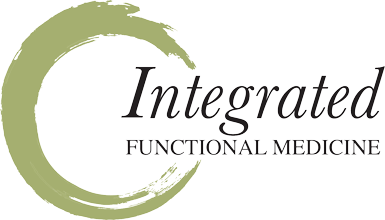What is PRP ?
Platelet Rich Plasma Inject Therapy
PRP is a safe and natural treatment option to treat various sites of the body with our own blood cells. This facilitates accelerated healing and regeneration of the area of concern. PRP injections can be used to treat:
- Musculoskeletal Injuries
- Arthritic Conditions (including osteoarthritis)
- Sexual Dysfunction
- Aesthetics
- Hair Restoration
Blood consists mainly of liquid – called plasma – as well as small solid components which are: red blood cells, white blood cells, and platelets. Platelets play a crucial role in blood clotting. Platelets are potent, in that they also contain hundreds of proteins called growth factors which accelerate tissue repair and healing.
Platelet-rich plasma is the small substrate extracted after a blood sample is drawn and centrifuged (which separates the blood into plasma, red blood cells and platelets).


